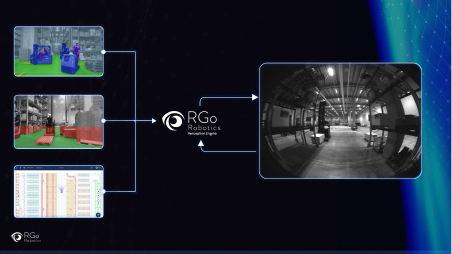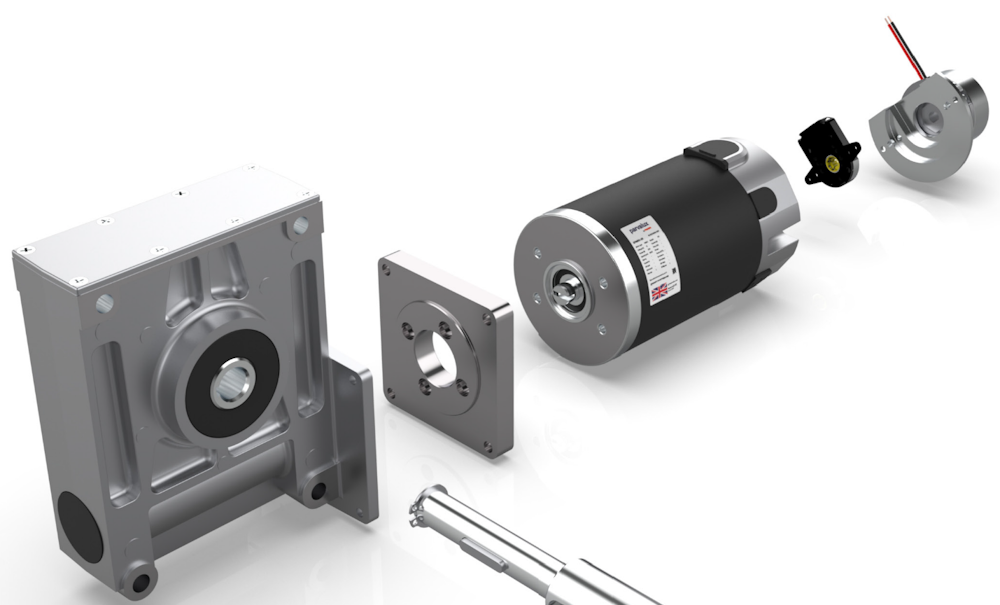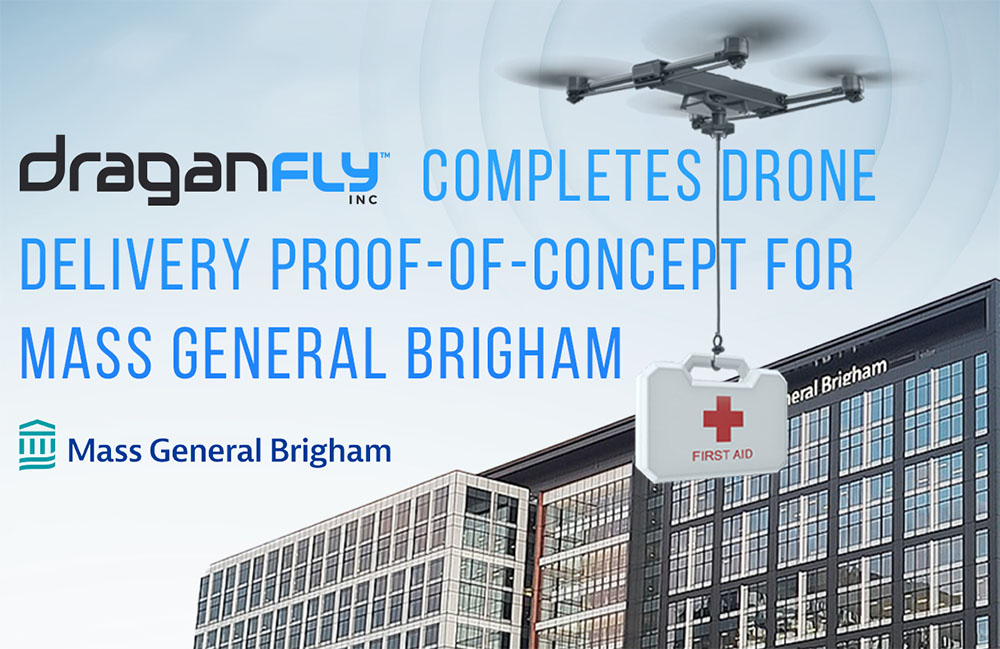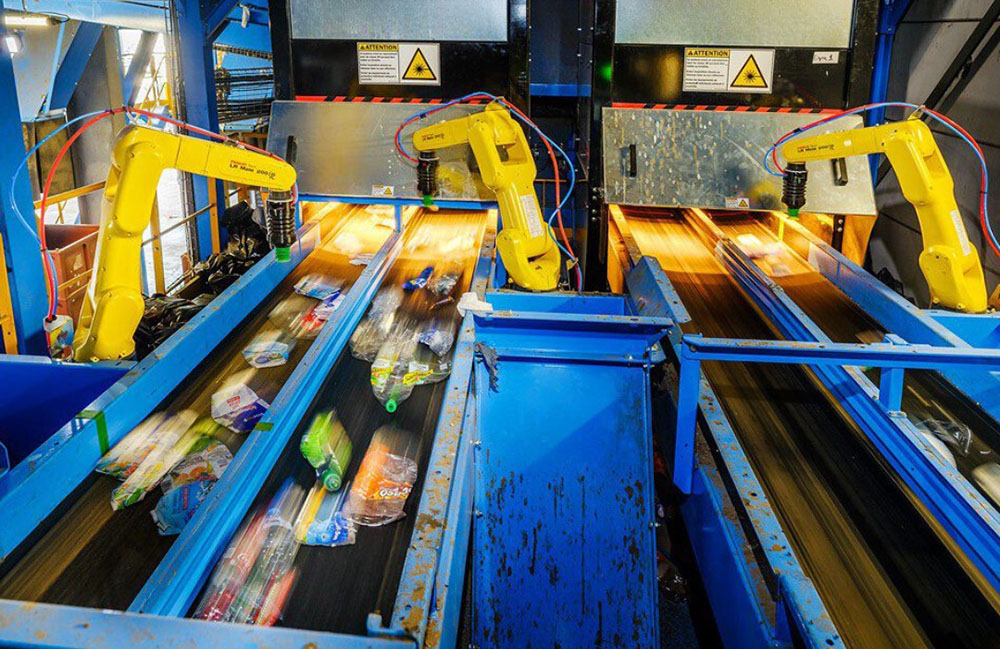Learn how companies adopting vision-based localization are redefining the AMR market by achieving faster ROI and better TCO through streamlined commissioning & maximum availability and by accelerating adoption of advanced AI capabilities
Author: Amir Bousani, Co-Founder & CEO of RGo Robotics

In the rapidly evolving world of autonomous mobile robots (AMRs), a seismic shift is underway. As end customers demand more reliable, adaptable, and efficient solutions, robotics companies are racing to upgrade their perception stacks with software-based, vision and AI-driven solutions. This move isn’t just about meeting current needs; it’s about future-proofing their offerings and staying ahead in an increasingly competitive market. If you’re still relying on traditional navigation methods or considering an in-house development approach, you might already be falling behind.
The Limitations of Traditional Navigation
Traditional AMRs face numerous challenges, one of the biggest being reliable navigation in real warehouses and industrial environments due to limitations in current localization technologies:
- Static in Dynamic Environments: Warehouses and factories are constantly evolving, with shifting production lines and changing layouts. Traditional robots struggle to adapt, leading to inefficiencies and downtime.
- Sensor Limitations: Basic sensors like 2D LiDARs and cameras are easily affected by environmental factors such as dust, smoke, or poor lighting. This results in inaccurate readings and navigation errors.
- Magnetic Interference: In metal-rich environments, sensors can be disrupted, causing robots to veer off course.
- Ambiguous or No Landmarks: Repetitive environments like warehouse aisles or bulk storage zones pose significant challenges for traditional robots in identifying unique features for precise localization.
- Indoor-Outdoor Transitions: Many facilities require robots to operate both indoors and outdoors, a capability that most current navigation solutions lack.
These limitations translate into reduced throughput, increased downtime, safety concerns, and limited scalability – all critical factors that can make or break a robotics solution in today’s market.
The Vision & AI Localization Revolution
Vision and AI-based localization solutions, such as RGo’s Perception Engine, are designed to address the common challenges faced by AMRs in ever-changing environments. At their core, they utilize visual Simultaneous Localization and Mapping (vSLAM) techniques, enhanced with advanced learning algorithms. This allows robots to “learn on the go,” adapting to environmental changes in real-time.
The benefits of this approach are numerous:
- Robust Navigation: Robots can reliably operate in dynamic, challenging environments, both indoor and outdoor.
- Increased Throughput: Better navigation leads to faster task completion and improved efficiency.
- Enhanced Safety: Improved perception reduces the risk of collisions and errors.
- Scalability: Robots can quickly adapt to layout changes, facilitating rapid scaling of operations.
- Reduced Downtime: Less time lost to navigation errors and collisions

Streamlining Site Commissioning
An additional pain point impacting the adoption of traditional AMRs is the lengthy and complex process of new site commissioning. This bottleneck can severely limit a company’s ability to scale and meet growing demand. Vision and AI-based localization solutions are changing the rules of the game by enabling:
- Rapid Setup: New sites can be commissioned in days instead of weeks.
- User-Friendly Process: Intuitive, visual setup processes reduce or eliminate the need for specialized engineering support.
- Adaptive Mapping: Systems can adjust to layout changes automatically, without stopping operations or requiring manual remapping.
The AI-Powered Future of Robotics
The rush to deploy AI in robotics isn’t just a trend; it’s a solution to long-standing industry challenges. The variability of tasks, environments, and configurations has traditionally required months and millions of dollars to develop specialized robots for each application. AI promises to break these bottlenecks, offering flexibility and adaptability that were previously unattainable.
Vision and AI-based localization is increasingly seen as a critical building block for accelerating the integration of AI capabilities in robotics:
- Foundation for Advanced Features: Reliable localization and navigation provide the base upon which more advanced AI capabilities can be built and deployed quickly.
- Focus on Differentiation: By adopting ready-to deploy localization solutions, companies can redirect their engineering efforts towards developing unique, competitive AI features.
- Rapid AI Integration: Solutions like RGo’s Perception Engine already incorporate advanced AI capabilities, allowing for quick upgrades to existing robots.
- AI applications are only as good as the data they use: RGo Perception Engie provides real-time, detailed environmental data that can be used for intelligent decision-making and insights, paving the way for applying generative AI in autonomous mobile robots.
The AMR Market is Moving – Don’t Get Left Behind
The industry is rapidly evolving, with companies leveraging modular AI solutions to bring new robots to market faster than ever before. This acceleration is reducing development time, increasing product variability, and raising the bar for what customers expect from robotic solutions.
Attempting to develop these capabilities in-house is no longer a viable strategy for most companies. The time and resources required to match the capabilities of specialized vision and AI localization solutions would put you years behind competitors who are already deploying these technologies.
Moreover, the technology has matured to a point where it’s ready for prime time. Reliability, ease of use, and cost-effectiveness have all reached levels that make adoption not just feasible, but necessary for staying competitive.
Conclusion: It’s Not a Question of “If” but of “How Fast”
For robotics R&D and product management teams, the choice is stark. Embracing these new technologies means staying relevant, competitive, and at the forefront of innovation. Sticking with current technology or attempting time-consuming in-house development risks falling behind in a market that’s moving at an unprecedented pace.
The AI revolution in robotics is here, and vision-based localization is its vanguard. The question isn’t whether you’ll need to adopt these technologies, but how quickly you can integrate them into your products and solutions.
To learn more about how how Vision AI and advanced localization are revolutionizing autonomous mobile robots (AMRs) in real-world applications join the RGo webinar.
Sponsored content by R-Go

 3 months ago
50
3 months ago
50








 English (US) ·
English (US) ·